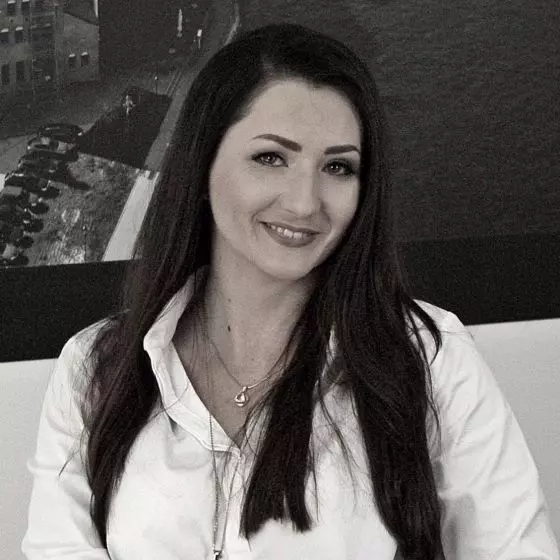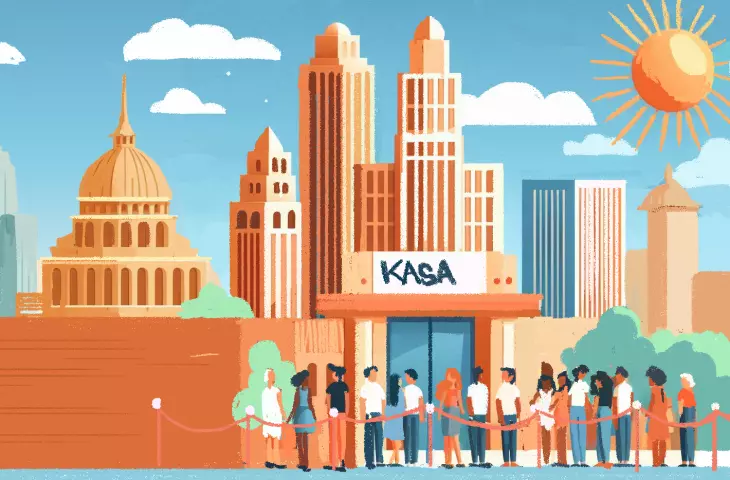More and more cities are starting to charge for the opportunity to see them. Entrances to monuments, churches, but also famous places like fountains are becoming ticketed. Tourist sites are declaring their independence, all under the banner of Disneylandization.
The holiday season is slowly closing. In the world of tourism, however, the beginning of September does not at all rule out the possibility of trips - and certainly not to southern Europe. Barcelona, Athens, Rome - here the still high temperatures attract a summer atmosphere. This does not necessarily please the residents of these cities. Recently, the city of Rome announced that it may try to restrict access to one of its gems - the Trevi Fountain. It is considering imposing a fee on people from outside Rome to visit it. Faced with an uncontrollable influx of tourists who drop coins into the water to ensure their return to the Eternal City, the small square in front of the fountain and the narrow streets surrounding it are chronically crowded with pedestrians, disturbing residents of the di Trevi district and spoiling a once magical experience.
you want to see, pay
Places that have implemented fees for staying, visiting - there are many. Venice - one of the most tourist-heavy cities in Europe - has announced, starting in 2024 , it will introduce a $5 entrance fee during peak tourist hours[1]. Greece is introducing a "climate crisis resilience fee" of between €1.50 and €10, depending on the time of year, type of accommodation and its quality.
In the UK, a tourist tax is being considered in the county of Kent, and in Scotland, visitors to Edinburgh may start paying such a fee from 2026. The Welsh government is also planning similar legislation. There are more than 60 places in the world with such a tax, including Iceland and cities in the United States.
The first to introduce it was... France in 1910. Most such taxes, however, have emerged in recent decades. Before the pandemic, 2020 was dubbed the "year of the tourist tax" because of the successive places that introduced it. The start of the levies was, of course, controversial. Their impact on tourism has been the subject of various studies, and while we can argue about how much the measure is right, it is indisputable that tourism is very much linked to the term Disneylandization.
tourist in the foreground
It is believed that Disneylandization (also known as Disneyification) of space, is the most advanced incarnation of the thematization of space. Reality is to be replaced by its "unreal, safe counterpart, sometimes devoid of the essential features of the original."[2] The Disneylandization effect refers to the transformation of cities into artificial, commercialized tourist attractions that cater more to visitors than residents. Since we associate vacation time mainly with casual relaxation, rest, the places we visit are beginning to meet these needs.
As early as 2016, at the Europa Nostra Congress in Madrid, experts warned of the phenomenon of the Disneylandization of cultural heritage[3]. Already at that time, it was raised that an example was Venice, where excessive tourist traffic negatively affects the city's unique heritage. It was stressed that the use of places of high cultural and natural value for tourism purposes unequivocally leads to their degradation.
Europa Nostra, a federation of organizations for the protection of cultural property, operates in more than 50 countries and cooperates with European institutions with the aim of protecting cultural heritage. On the first day of the congress, the European Commission's Director General for Culture and Creativity, Michel Magnier, stressed the need to protect heritage even before the European Year of Heritage in 2018. Can we be proud of the measures we have put in place over these eight years? Doubtful.
Will the levy change anything?
Tourism is beginning to be perceived as lacking depth. As time goes by, less and less importance is given to cultural heritage, the result of which we are seeing in the form of such transformations of space. This process can help modernize public space, but it can also lead to over-commercialization and the displacement of weaker players. One element of this process is the tourist fees already mentioned .
High entrance fees and tourist taxes can make locals unable to afford to visit the attractions of their own city. This phenomenon contributes to exacerbating the Disneylandization effect, creating a clear division between the city as an entertainment destination for tourists and the city as a living space for locals.
There is a prioritization of tourism revenue at the expense of residents' needs. When cities begin to rely on revenue from tourist fees, it inevitably begins to feel as if we are entering a kind of closed park, a space cordoned off from the living fabric of the city, artificial and façade-like. There is also a risk that spending will be directed mainly to tourist infrastructure and promotion, rather than to solving the problems of residents. This in turn reinforces the Disneylandization effect, making the city cease to function as a living space and begin to resemble an amusement park.
a glass of vodka with a cathedral
Privatization, commercialization and commoditization of city spaces, has made it possible to turn an attractive area into a blowout. More often than not, the center is given over to tourists, this is where the tourist can do more, louder, most often without consequences. The resident can do less, the best thing to do is just move a little further away and hope that the wave of tourism does not reach the new neighborhood.
The phenomenon of Disneylandization not only creates an image of an attractive city, it is also supposed to create the illusion of being able to interact with other cultures or phenomena. With all this, meanwhile, there is an effort to remove from view phenomena that arouse fear or danger. The place strategy is based on the assumption that "space [is to be] uniquely subservient to the needs of consumption, offering a sense of security and enticing otherness."[4]
I recently took a trip to our Krakow market, to see what was selling. In Poland, vodka as an outstanding regional product enjoys special regard. On every stall you will find a glass with a local skyline or phonetically written "to your health." The glasses are the easiest to buy. Slightly less so are Marian churches and wawels on mugs (there are also quite a few beer mugs), cotton bags (they are eco, after all) or T-shirts. It's nothing that these products are ordered from Asia and have little to do with localness. The important thing is to give a substitute of identity.
Do I have a handful of solutions and recipes here? I could write that yes, tourist fees do work in some ways, although after all they exclude the poorest. I would add that places need to be advertised and promoted differently, maybe do some research on the impact of so-called Insta Spots* on trampling the place. I would ask city officials why it continues to be more important to cash in on tourism than the well-being of residents. I would dust it with a crumble of education, stressing the importance of talking about what is allowed and what is not allowed in a place. It would be a conclusion to the article like any other. So maybe I'll leave the conclusion to you, all those reading, and swimming in the current of developing psychology, I'll ask - what gives you happiness on a trip? And is it a vodka glass made in China with a cathedral print brought from a stall?
Magdalena Milert
[1] https://edition.cnn.com/travel/tourist-taxes-do-they-work/index.html
[2] Rzeńca, P. (2015). Thematization of space as a method of local development management. In Nowakowska A.,(ed.), Modern methods and tools for managing local and regional development, University of Lodz Publishing House, Lodz 2015;. University of Lodz Publishing House.
[3] https://dzieje.pl/dziedzictwo-kulturowe/europa-nostra-przestrzega-przed-disneylandyzacja-dziedzictwa-kultury
[4] Wisniewski, M. (2024). Void in the heart of the heritage city. Cultural Perspectives, 44(1), 251-276.
* A popular, photogenic site that attracts the attention of social media users, especially on Instagram. It is characterized by an aesthetic that is conducive to taking photos, often serving as a trendy or visually appealing backdrop for photography.














